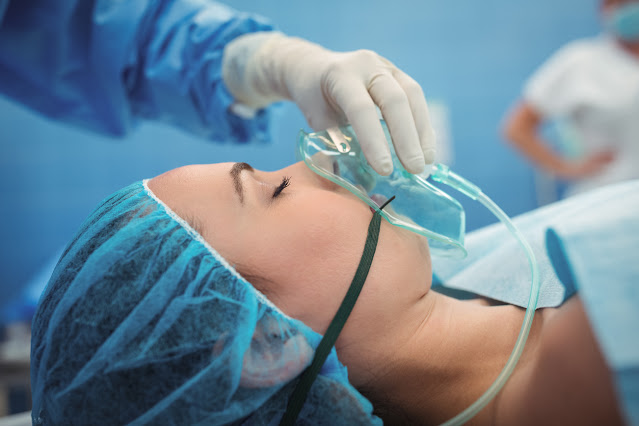What Are The Key Trends In Inhalation Anesthesia?
 |
| Inhalation Anesthesia |
The increase in the number of emergency and
trauma cases, as well as the increased patient preference for ambulatory daycare operations, will have a beneficial impact on the expansion of the
inhalation anesthetic sector. Access to universal health insurance coverage for
a large population base, combined with continuing improvements in healthcare
facilities, will provide more prospects for growth. Furthermore, the advantages
of inhalation and aesthetics over injectable anesthetics will drive
inhalation anesthesia company growth.
During the projected period, the increasing
burden of chronic diseases in developing and developed economies would
predominantly drive the market. The rising prevalence of disorders such as
cardiac disease, neurovascular disease, and other chronic diseases would
increase the demand for various surgical operations. Inhalational anesthetics,
also known as volatile anesthetic agents, are aesthetics capable of inducing
and maintaining general anesthesia and
drowsiness.
They are administered via inhalation,
particularly in individuals whose administration of anesthetics via
intravenous or other routes is ineffective. Desflurane, sevoflurane, and
nitrous oxide are the most often used inhalation and aesthetics in practice
today, with sevoflurane having a faster onset of action and a faster recovery
rate. Inhalation and aesthetics reduce arterial blood pressure, promote
respiratory depression, and increase cerebral blood flow. Nausea is an adverse
effect of inhalation anesthetic drugs.
The growing global population, particularly
the senior population, has resulted in a huge number of people suffering from
cancer, cardiovascular, spinal, orthopedic, respiratory, gastrointestinal,
neurological, and other ailments. Inhalation
anesthesia is projected to rise in popularity as the number of orthopedic
treatments such as ligament and soft tissue repair procedures increases.



Comments
Post a Comment